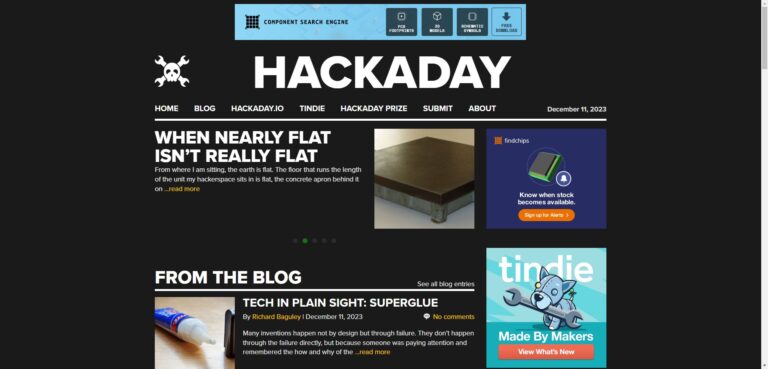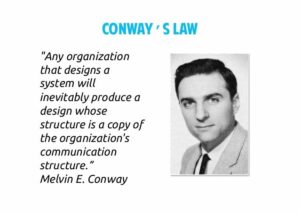Unleashing the Power of Design Thinking: A Path to Creative Problem Solving
In today’s complex and rapidly changing world, finding effective solutions to multifaceted problems requires a fresh and innovative approach. Design thinking has emerged as a powerful methodology that encourages creative problem-solving, human-centered design, and collaboration. By tapping into the essence of design thinking, individuals and organizations can unlock their creative potential and embark on a journey of transformative innovation.

Understanding Design Thinking
Design thinking is a problem-solving approach that draws inspiration from the design process. It originated in the field of design but has since gained popularity across various industries and domains. Unlike traditional problem-solving methods that rely on linear thinking, design thinking encourages a non-linear and iterative approach, focusing on the needs and experiences of the end-users or customers.
At its core, design thinking revolves around empathy and understanding. It starts by deeply empathizing with the users to gain insights into their perspectives, challenges, and aspirations. This empathy forms the foundation for uncovering the true essence of the problem at hand. Design thinkers strive to see the world through the eyes of the users, enabling them to identify unmet needs and explore opportunities for innovation.
The design thinking process typically consists of several stages. While the specific models and frameworks may vary, the core principles remain consistent:
- Empathize: This stage involves immersing oneself in the users’ world, conducting interviews, observations, and gathering data to understand their needs, behaviors, and pain points. It requires active listening and empathy to gain deep insights into their experiences.
- Define: In this stage, the information gathered during the empathy phase is synthesized to define the problem or challenge in a human-centric way. The problem statement is framed based on the users’ perspectives, ensuring a clear focus on their needs and aspirations.
- Ideate: Ideation is a creative phase where design thinkers generate a wide range of ideas and potential solutions. The emphasis is on quantity and diversity, without judgment or critique. Various brainstorming techniques, such as mind mapping, sketching, and prototyping, are employed to explore multiple possibilities.
- Prototype: Prototyping brings ideas to life in tangible forms. It allows design thinkers to quickly visualize and test potential solutions. Prototypes can range from low-fidelity sketches or digital mock-ups to functional models, depending on the nature of the problem. Rapid iteration and feedback drive the refinement process.
- Test: The prototypes are tested with the target users to gather feedback and insights. This feedback loop helps validate assumptions, identify strengths and weaknesses, and guide further improvements. It also provides an opportunity for iteration and refinement based on real-world observations.
Design thinking is characterized by its collaborative nature. It encourages multidisciplinary teams to work together, bringing diverse perspectives and expertise to the problem-solving process. This collaborative approach fosters a culture of innovation, where individuals build upon each other’s ideas, challenge assumptions, and collectively explore possibilities.
Conclusion
Design thinking offers a refreshing and effective approach to problem-solving, emphasizing empathy, collaboration, and iteration. By understanding the users’ needs, exploring diverse ideas, and prototyping solutions, design thinkers can create innovative and human-centered outcomes. Embracing design thinking can empower individuals and organizations to tackle complex challenges, unleash their creative potential, and make a positive impact on the world.
Listings related to article "Unleashing the Power of Design Thinking: A Path to Creative Problem Solving"
Lighting and Supplies
Lighting and Supplies (Lightingandsupplies.com) is your premier destination for safe, efficient LED lighting solutions, catering to commercial and industrial needs. With over 45 years of industry experience and a vast inventory of 100,000’s bulbs, fixtures, and electrical supplies, we offer turnkey solutions for projects of any scale.
Innospectra
Innospectra offers a diverse array of cutting-edge solutions and extensive products designed for workplace safety in Singapore.
- Category
- Business » Business Services » Safety
Hackaday
A community-driven platform showcasing creative and often unconventional projects related to electronics, hardware hacking, and DIY technology.
- Category
- Computers » Hardware » Do-It-Yourself
More articles like "Unleashing the Power of Design Thinking: A Path to Creative Problem Solving"
Revolutionizing Creation: An Introduction to 3D Printers and 3D Printing
In the realm of technology and innovation, few advancements have captured the imagination quite like 3D printing. Often referred to as additive manufacturing, this groundbreaking technology has introduced a new era of creative possibilities, transforming the way we conceptualize, design, and produce objects. From rapid prototyping to intricate artistic creations, 3D printers have woven a […]
Creative Solutions for Preserving and Repurposing Your Kids’ Artwork
As a parent, you know the feeling of pride and joy that comes from seeing your kids create beautiful and imaginative artwork. However, as the years go by, these treasured masterpieces can accumulate and create clutter. The good news is that there are numerous creative ways to preserve and repurpose your kids’ art, allowing you […]
Conway’s Law: Understanding the Deep Connection Between Software Design and Organizational Structure
Conway’s Law, proposed by computer programmer and researcher Melvin Conway in 1968, is a fascinating observation that sheds light on the intricate relationship between software design and the structure of the organizations that create them. It highlights how the communication patterns and dynamics within a team or company significantly influence the architecture and design of […]








